There limacina of pear and cherry (Caliroa limacina) is an insect belonging to the order Hymenopterafamily Tenthredinidaesubfamily Caliroinae. On many texts it is indicated by the name of Caliroa cerasiand is commonly called simply limacina or caliroa.
It is a very common parasite in our country, and mainly attacks thepear tree and the Cherry tree. Attacks against other fruit trees, such as apricot, almond, plum, raspberry, quince are rarer.
In this article we see how to recognize limacina, the damage it causes to the vegetation of trees and how to defend yourself with products allowed in organic farming.
Caliroa limacina description
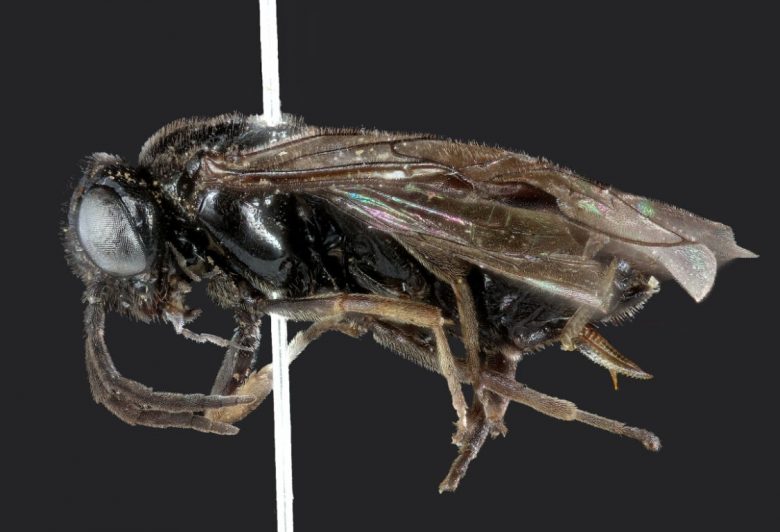
The adult caliroa looks like a 5 mm long fly with 10 mm wingspan. The color is almost entirely black, with the exception of the front and middle tibias which are brown and the wings, shaded by dark in the median part and with brown veins.
Egg
The egg of the limacina is ovoid with a smooth chorion
Larvae
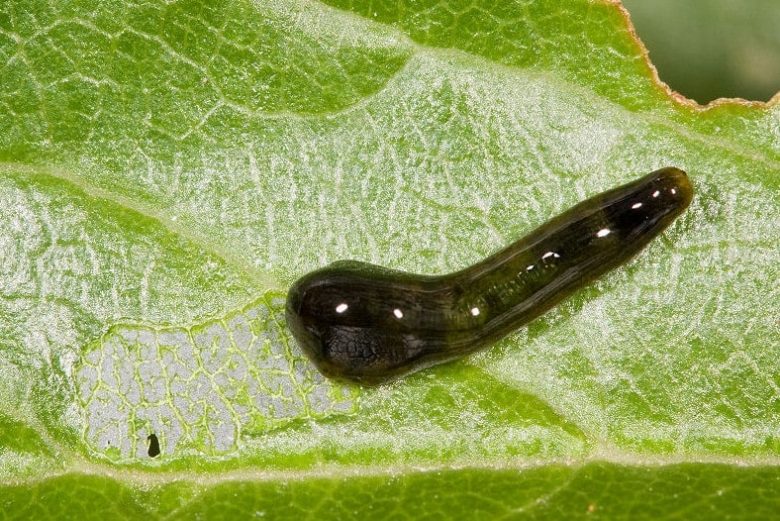
The larva of the Caliroa limacina it is easy to recognize. It has an enlarged and gibbous front, with a black head and thoracic legs. The rest of the larval body is greenish-yellow, with a surface covered with a layer of shiny blackish-violet mucus. When ripe, it measures 8-10 mm in length.
Cocoon
The cocoon is sub-cylindrical in shape, with a parchment structure and covered with earthy particles.
Damage to tree vegetation
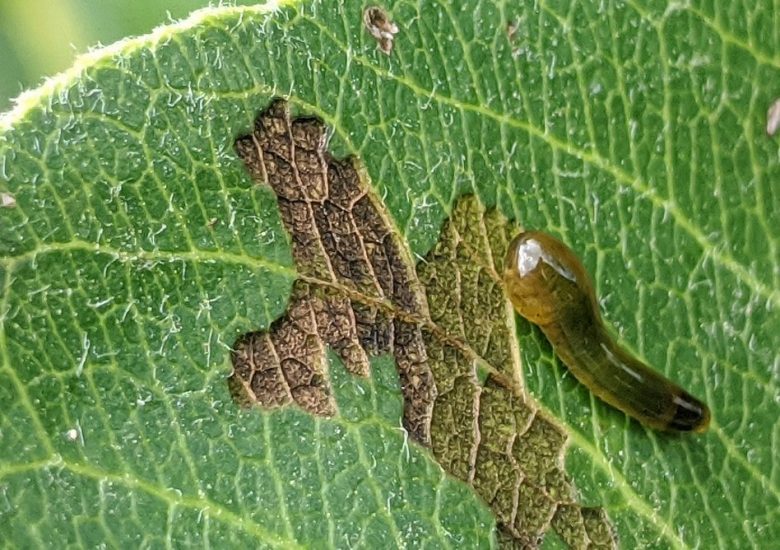
The damage of the Caliroa limacina it is due to the trophic activity of the larvae. These live on the upper page of the leaves and erosion respecting the veins (primary and secondary) and the lower page. The leaves of the trees are progressively skeletonized, curl up, dry up and finally fall, compromising the vegetative development if the intensity of the attack is high.
It must be said that limacina infestations usually affect isolated plants in family orchards. In large specialized orchards there is hardly any significant damage.
Caliroa limacina life cycle
Adult specimens of the Caliroa limacina they appear in the small orchards in early May. After mating, the females introduce their ovipositor organ into the tissues of the lower surface of the leaves to lay the eggs in an isolated way just below the upper epidermis. A small lenticular swelling appears at the place of deposition.
After 1-2 weeks the larvae are born, which come out through a small slit that projects them on the upper page. Here they begin to feed and within a month (after 6 moults) they reach maturity. At this point the larva gets rid of the mucus that covers its body and drops to the ground, where it descends a few cm deep to close itself inside the cocoon and complete the metamorphosis into a fly.
Second generation adults appear in August. There may possibly be a third if the seasonal climate is favorable. The mature larvae of the last generation burrow themselves and, always in the cocoon, survive the winter at the prepupa stage. In the following spring the transformation into pupa and then adult takes place.
How to eliminate Caliroa limacina in a biological way
A well defended orchard with traps for wasps and hornets usually does not suffer from the attacks of Caliroa limacina. Hence the predisposition of traps of this type, activated with beer and sugar, guarantee a good mass capture of adult parasites. Similarly, the chromotropic traps yellow (like these).
Against the larvae there are two products that can be used, namely the natural pyrethrum and theazadirachtinwhich you find respectively here (the first) And here (the second). It is advisable to carry out a careful wetting of the vegetation in the evening hours, in order to reach the largest possible number of larvae of Caliroa limacina.


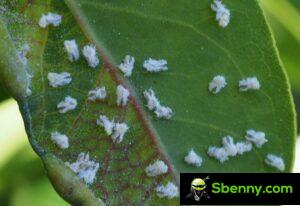
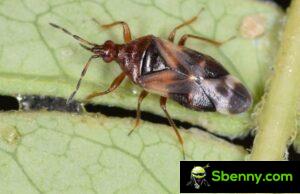
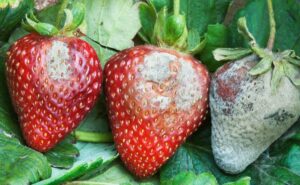
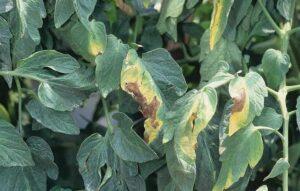
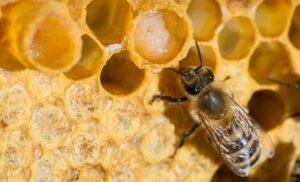
Start a new Thread